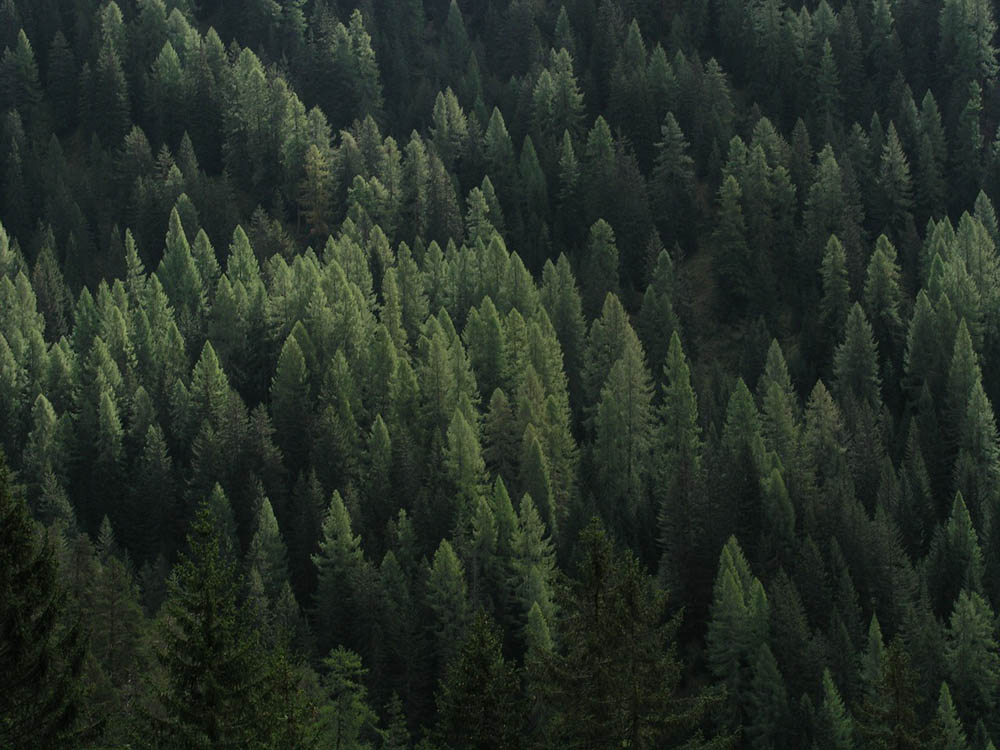What Is the State Tree of Idaho? History, Facts, & FAQ
-
Pete Ortiz
- Last updated:

As home to the country’s largest western white pine forests, Idaho designated the towering evergreen as its official state tree in 1935. The softwood boasts an intriguing history marked by a string of setbacks leading to its decline over the past century.
Today, the western white pine is a near-threatened species. Government agencies and conservation groups are working to reestablish its numbers. Luckily, adaptations also offer glimmers of hope that these magnificent trees will come back. Let’s learn more about the Idaho state tree, the forces causing its downfall, and how it could find its way back to prominence.
How Was Idaho’s State Tree Decided?
The Idaho state legislature adopted the western white pine as the official state tree on February 13, 1935. At the time, the white pine was well-regarded for its economic viability. Members of the Ellen Wright Camp, the Franklin County chapter of the Daughters of Pioneers, were the first to recommend designating the tree as Idaho’s official state symbol. The law is contained within Title 67, Chapter 45, Section 67-4504 of the Idaho Statutes.
What Is the Western White Pine?
The western white pine (Pinus monticola) is one of Idaho’s most gigantic trees. According to Idaho’s Registry of Champion Big Trees, a 229-foot specimen nominated in 1992 is the tallest western white pine in the country and the highest of any tree in the state.
That enormous growth is an outlier among other western white pines but not by much. Trees typically reach mature heights of at least 150 feet with trunk diameters over 3 feet wide, growing at up to 2 feet per year. They achieve their final size at around 150 years but will often live another 150–200 years longer.
If its enormous height doesn’t give it away, you can identify a mature western white pine by its cones, bark, and pine needle growth. The bark develops a dark grayish color and cracks into small rectangular segments. Long green needles roughly 2–5 inches long grow in bundles of five, a characteristic common to soft pines. Cones are also distinct, growing 6–12 inches long and often sporting spots of white resin.
Like the eastern white pine, the western white pine has a high commercial value. It grows straight and is generally devoid of branches along the lower two-thirds of its trunks, perfect for milling.
The timber is straight-grained and easy to shape. It features a fine texture, making it useful in many woodworking applications. It works wonderfully in construction trades for molding and trim, door frames, window sashes, and paneling. At one time, manufacturers also used white pine wood for matchsticks and toothpicks. Today, the western white pine makes a popular ornamental species and is often grown as a Christmas tree.
Where Does the Western White Pine Grow?
Western white pines thrive in various settings, from moist valleys to dry open areas and rocky ground. Their pyramidal forms are common in mixed forests and can grow anywhere from sea level to over 10,000 feet in elevation. They reside in the northwestern United States from northern Idaho to Washington and into British Columbia. They grow as far south as California’s Sierra Nevada region.
Western White Pine Decline
Although the western white pine has been commercially beneficial, it is even more critical for local wildlife. Birds and small mammals favor the pine’s seeds and bark, while grouse and deer eat the leaves. The statuesque growth also provides excellent nesting opportunities. The tree is invaluable for the creatures in its natural habitat, making its decline even more unfortunate.
Though once a prominent feature of the northwestern landscape, western white pine populations have seen substantial population reductions during the last two centuries. Initially, its commercial importance led to over-logging. The human impact and natural factors, such as mountain pine beetle attacks, increased its decline.
Wildfires played another essential role. Fires naturally sweep through the western white pine’s growing range every several decades. Following a fire, the mixed forests in which it grows tend to develop more cedar, hemlock, and grand fir species, overtaking the areas previously held by the taller pine tree.
White Pine Blister Rust
The combination of human and natural elements compacted the western white pine’s distribution, but the primary cause of its downfall is white pine blister rust. The rust spreads through branches and eventually kills entire trees, turning needles a rusty red color. The fungal disease can target any North American white pine species.
Infected white pine develop cankers with telltale blisters around their edges. These blisters fill with orange spores before rupturing and spreading the disease back to alternate hosts.
White pine blister rust came to North America in 1909 in infected seedlings from France. The rust travels from spores developed on its other host plants, currants, and gooseberries. Spores can travel up to 10 miles on wind currents. The disease now affects various pine species in 38 states. Western white pines have decreased in population by over 90% in the last four decades.
Final Thoughts
Fortunately, many western white pine trees are developing a resistance to WPBR. There’s hope among government agencies and conservation groups that it can make a steady resurgence. The current efforts depend on locating rust-resistant strains to fuel a breeding program. Reforestation is progressing slowly, but American and Canadian combined efforts are spelling a potentially bright future for this crucial component of Idaho’s proud culture.
See also: 19 Wildflowers That Grow in Idaho (Identification Guide with Pictures)
Featured Image Credit: Weloveyou, Shutterstock
Contents


